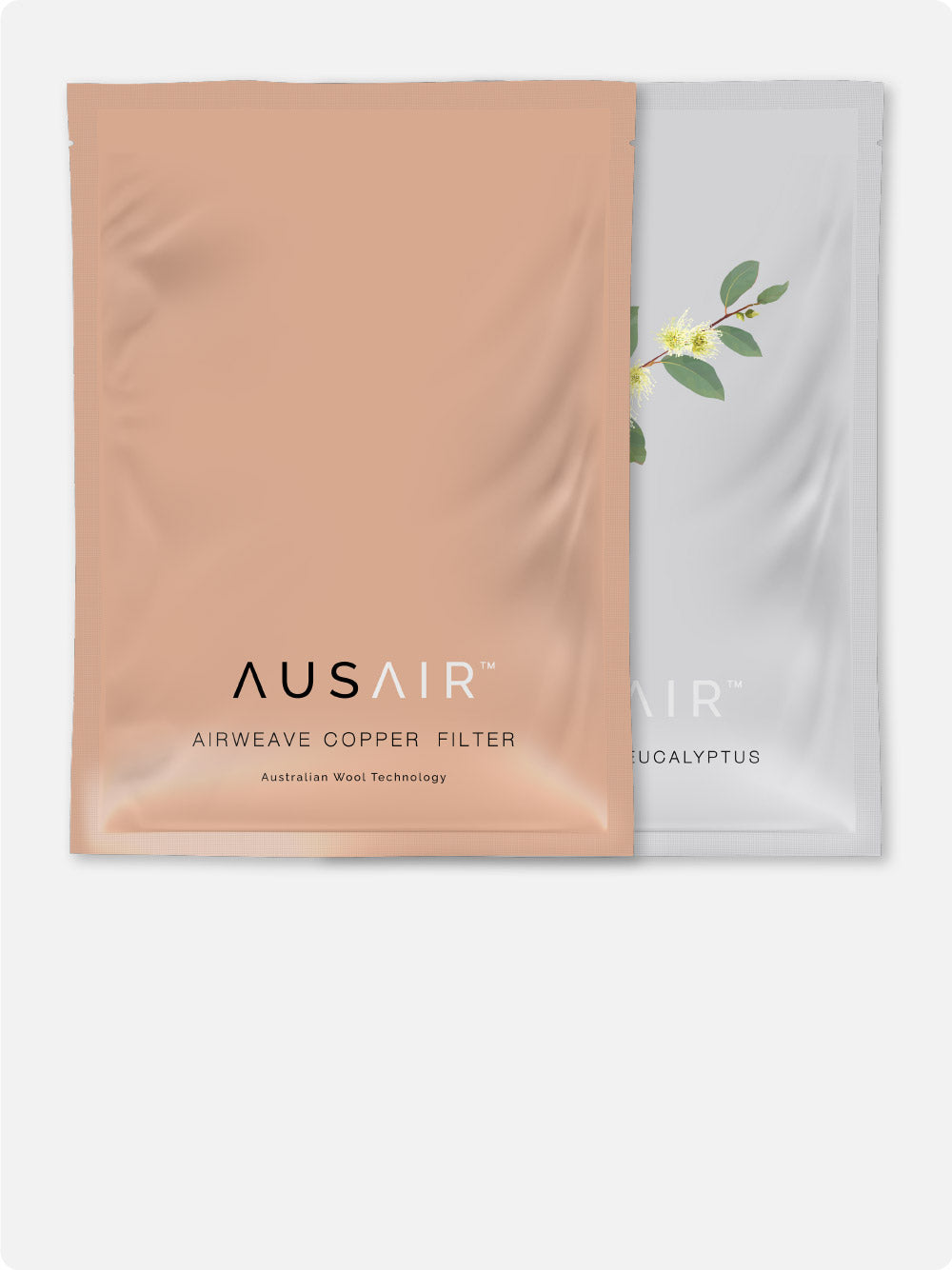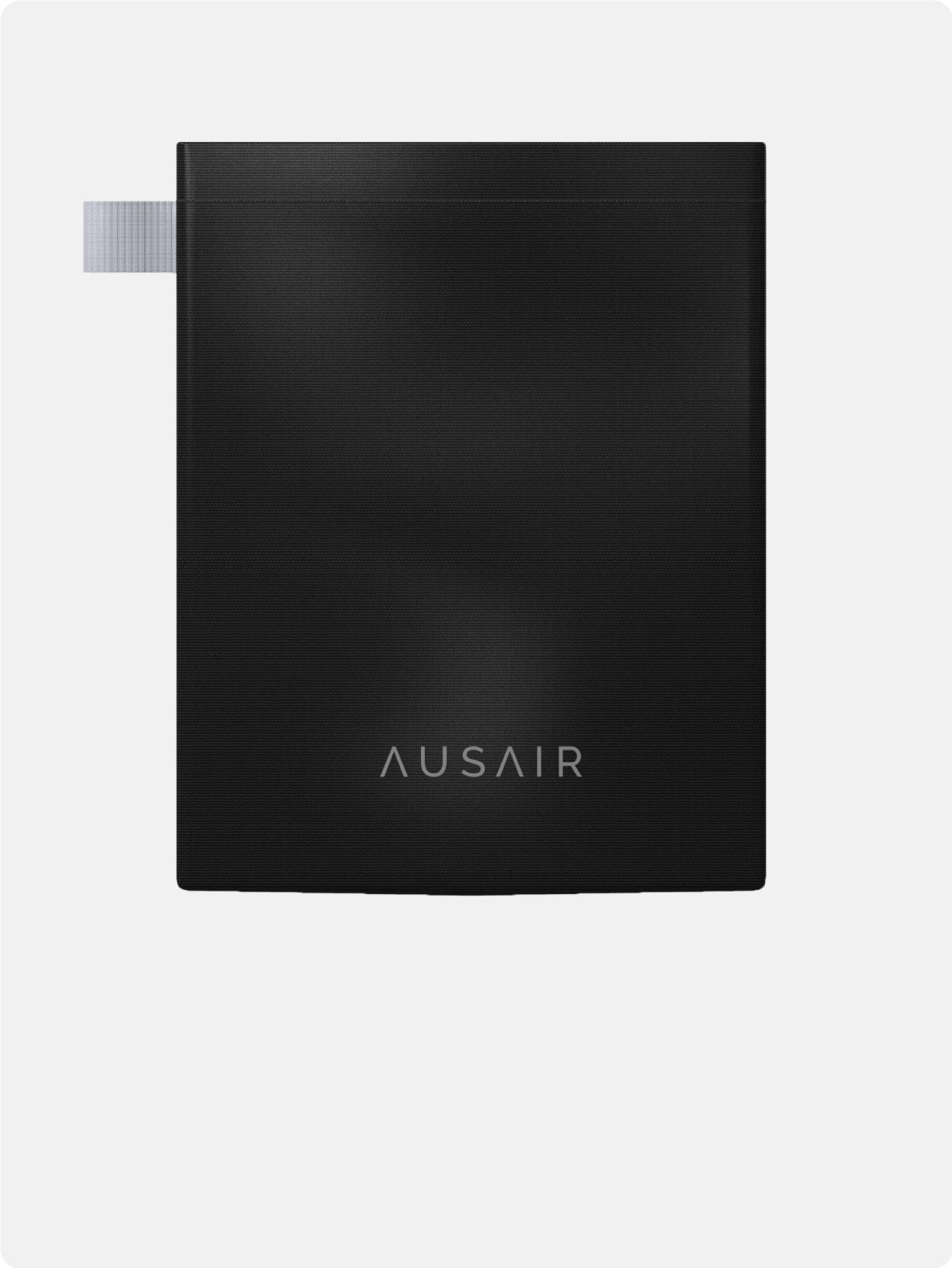Air Pollution is the Silent Killer
We are slowly beginning to understand the true effects poor air quality has on our health. Pollution in the air kills an estimated seven million people worldwide every year, with low- and middle-income countries suffering from the highest exposures. The World Health Organisation (WHO) concluded that 9 out of 10 people live where air pollution exceeds healthy guidelines. In our recent article, we explained how air pollution poses a major threat to both our health and the climate.
What scientists are learning is that pretty much everyone, everywhere is breathing polluted air, to varying degrees. The challenging part of this, is how to communicate this danger to the global population; how can we really know how bad the air we are breathing actually is? Unlike cigarettes, air pollution doesn’t come with a warning label or a distinct odor. Normally, there are no signs that we are inhaling poor air until years down the line. We don’t have control over the air we breathe. Air Quality Indexes like aqicn or iqair are a great way of finding the air quality in your local area, measured in µg/m³, but sometimes it can be hard to truly understand what the number means in terms of the impact this polluted air can have on your health.
How Air Pollution is Compared to Cigarettes
This is where air pollution, expressed in terms of cigarette consumption, can be beneficial. It could be the perfect illustration to kickstart us into taking poor air quality seriously and to make conscious changes, not just for our personal health, but for the planet. The notion of linking air quality to the dangers of smoking was recently expressed by the director-general of the World Health Organization, Tedros Adhanom Ghebreyesus when he described air pollution as the “new tobacco.” Recent studies show that simply breathing polluted air played a part in the deaths of over 8 million people worldwide, which is more than the number of annual deaths from tobacco.
Richard Muller, climate researcher at the University of California, takes the smoking comparison a step further. His research in 2018 concluded that the average American was exposed to the equivalence of about one-third of a cigarette every day from air pollution. This may not sound shocking, however it adds up to over a hundred cigarettes in 1 year, and over a thousand in 10 years. Constant exposure to average air quality in the US can lead to similar health repercussions of smoking thousands of cigarettes over a lifetime. This isn’t just exclusive to the US, this level of air quality is similar in most developed nations, and it's often far worse in low and middle income countries. Muller believes that “air pollution is the greatest environmental disaster in the world today” and recently expressed that “it is scandalous that we’re not paying more attention to it”. If leading scientists are communicating in such strong terms we should sit up and take notice. To be clear, Muller is not suggesting that breathing in air pollution is actually the same as smoking a cigarette. He uses this analogy like a mathematical equation, to express that over a lifetime breathing bad air can have similar effects to your health as smoking.
Muller may be hesitant to say smoking and air pollution have the exact health repercussions, however research shows that the health risks from cigarette smoking and air pollution are similar. A recent study found that breathing air with average increases in air pollution levels over 10 years caused the same type of lung damage seen after 29 years of smoking a pack of cigarettes a day. A professor of economics at Brigham Young University, Arden Pope is a highly respected expert on the impacts of air pollution. He likens breathing in air pollution to high exposure to secondhand smoke, rather than actual smoking. He explains: “Living in an area with high pollution is more like living with people who smoke two to three packs a day.”
The Health Effects of Air Pollution
The chemical makeup of cigarettes and air pollution do differ significantly. When inhaling cigarette smoke, you can breathe up to 7000 harmful chemicals, many of which have been proven to cause lung cancer. Air pollution however, can vary depending on the location and type of pollutant. For most of the US and EU the burning of fossil fuels is the biggest cause of poor air quality. Every time we start our car engines, toxins like benzene and other dangerous gases and particles, fill the air. Whenever coal is burned, dangerous fine particles, mercury, lead, and other heavy metals spread through the sky. Even natural events like wildfires in California, or Australia, can damage our health, sending particles and hazardous gases far into the air. In lower or middle income nations, air pollution is often produced from burning wood and coal on a national scale for heating and cooking.
These gases and toxins can blend through chemical reactions to form something known as ozone (different from the ‘ozone layer’ higher in the atmosphere that actually protects against UV rays). Ozone is the main component of smog. Smog can cause breathing problems, asthma attacks, and inflammation in the respiratory system. Ozone is exacerbated when heated. As global temperatures increase and summer temperatures peak higher and higher, ozone will become much more common and last longer.
What can I do to Protect Myself?
As we are learning, poor air quality is a global problem and one that is hard to communicate as it presents such a hidden danger. We need more scientists like Arden Pope and Richard Muller to explain these dangers in ways that force us to sit up and take notice. Comparing the air we breathe to cigarette smoking is one of these methods, it effectively communicates the real dangers of long-term exposure to poor air quality and allows us to clearly compare the health implications to the known effects of smoking. But now that we are becoming aware of the dangers how can we start protecting ourselves?
The most effective way to avoid all these health implications is simple, avoid breathing in polluted air. This is even more important for pregnant women, babies, children, older adults, and those with chronic medical problems. But this is almost impossible to do if you live in high-traffic urban areas, or close to large factories and warehouses.
Until there is a permanent solution, the only way we can continue to everyday activities during days of poor air quality is to wear a mask. Face masks, specifically those with filter inserts, can filter particle pollution if worn the right way. The issue is that people have to buy the right mask and have the ability to create the right seal; otherwise, the face mask will not filter out harmful pollution. Finding an anti-pollution mask that has adjustable ear loops and nose wire goes a long way to ensure that a great seal around the face can be achieved. One-way valved masks will keep humidity down, meaning that when a great seal is achieved you are still able to wear the mask for long periods of time without getting uncomfortable. Purchasing a reusable face mask and long lasting filter inserts will mean that you aren’t also contributing to excessive fossil fuel consumption needed to create millions of disposable face masks every year, which ultimately only adds to the problem.
Now that we know the dangers, and understand that air pollution's effects are comparable to that of smoking thousands of cigarettes throughout a lifetime, we are empowered to make healthy choices that keep us and our loved ones safe.



















Leave a comment
All comments are moderated before being published.
This site is protected by hCaptcha and the hCaptcha Privacy Policy and Terms of Service apply.